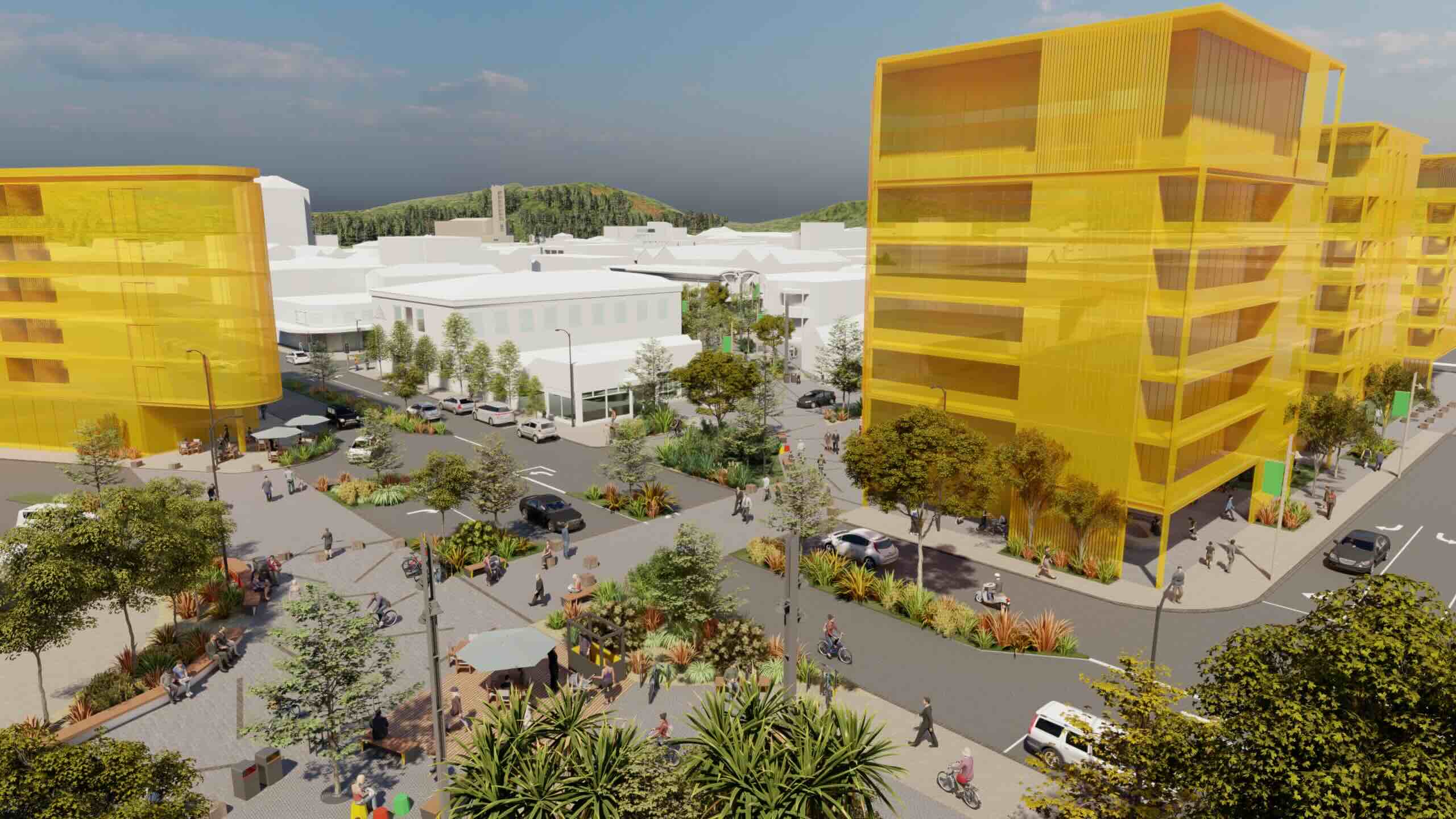
Intensification is a term that often pops up in discussions about agriculture, urban planning, and even climate change. But what does it really mean? Intensification refers to the process of increasing the productivity or efficiency of a system, whether it's farming, city development, or energy use. This concept can lead to more food from the same amount of land, better use of urban spaces, or more energy from renewable sources. However, it also comes with challenges like environmental impact, resource depletion, and social implications. Understanding the facts about intensification can help us make informed decisions that balance productivity with sustainability. Ready to dive into the details? Let's get started!
What is Intensification?
Intensification refers to the process of making something stronger, more extreme, or more concentrated. It can apply to various fields, from agriculture to urban development. Here are some intriguing facts about intensification.
-
Agricultural Intensification: This involves increasing the amount of output per unit of agricultural input. Farmers use techniques like crop rotation, irrigation, and the use of fertilizers to boost productivity.
-
Urban Intensification: Cities grow upward and inward rather than outward. This means more high-rise buildings and denser living spaces to accommodate growing populations.
-
Energy Intensification: Refers to increasing the energy output from a given amount of input. This can involve more efficient technologies or alternative energy sources.
Historical Context of Intensification
Understanding the history of intensification helps us see how it has shaped human development over centuries.
-
Green Revolution: In the mid-20th century, agricultural intensification led to the Green Revolution, which significantly increased food production worldwide.
-
Industrial Revolution: This period saw the intensification of manufacturing processes, leading to mass production and urbanization.
-
Post-War Urbanization: After World War II, many cities experienced rapid urban intensification to accommodate returning soldiers and booming populations.
Environmental Impact of Intensification
Intensification has both positive and negative effects on the environment. Here are some key points to consider.
-
Deforestation: Agricultural intensification often leads to deforestation, which can harm ecosystems and contribute to climate change.
-
Soil Degradation: Intensive farming practices can deplete soil nutrients, making land less fertile over time.
-
Water Usage: Intensified agriculture and urbanization can strain water resources, leading to shortages and conflicts.
Technological Advances in Intensification
Technology plays a crucial role in making intensification more efficient and sustainable.
-
Precision Farming: Uses GPS and data analytics to optimize crop yields and reduce waste.
-
Smart Cities: Urban intensification benefits from smart technologies that improve energy efficiency and reduce pollution.
-
Renewable Energy: Solar, wind, and other renewable energy sources are key to energy intensification without harming the environment.
Social Implications of Intensification
Intensification affects not just the environment but also social structures and communities.
-
Housing: Urban intensification can lead to more affordable housing options but also to overcrowding and gentrification.
-
Employment: Intensified industries often create more jobs, but they can also lead to job displacement due to automation.
-
Health: High-density living can improve access to healthcare but also increase the spread of diseases.
Economic Aspects of Intensification
The economic impact of intensification is multifaceted, affecting everything from local economies to global markets.
-
Increased Productivity: Agricultural and industrial intensification can lead to higher productivity and economic growth.
-
Cost Efficiency: Intensified processes often reduce costs, making products more affordable for consumers.
-
Market Expansion: Intensification can open up new markets and opportunities for trade.
Challenges and Criticisms of Intensification
Despite its benefits, intensification faces several challenges and criticisms.
-
Sustainability: Critics argue that many forms of intensification are not sustainable in the long term.
-
Inequality: Intensification can exacerbate social and economic inequalities, particularly in urban areas.
-
Resource Depletion: Over-reliance on intensification can lead to the depletion of natural resources.
Future of Intensification
What does the future hold for intensification? Here are some trends and predictions.
-
Sustainable Practices: There is a growing focus on making intensification more sustainable through eco-friendly practices.
-
Technological Innovation: Advances in technology will continue to drive more efficient and less harmful forms of intensification.
-
Policy Changes: Governments are likely to implement policies that encourage sustainable intensification.
Case Studies of Intensification
Real-world examples help illustrate the concept of intensification in action.
-
Singapore: Known for its urban intensification, Singapore maximizes its limited land through high-rise buildings and efficient public transport.
-
Netherlands: A leader in agricultural intensification, the Netherlands uses advanced technology to produce high crop yields on small plots of land.
-
China: Rapid urban and industrial intensification has transformed China into a global economic powerhouse, though it faces significant environmental challenges.
Final Thoughts on Intensification
Intensification isn't just a fancy word; it's a game-changer in various fields. From agriculture boosting crop yields to urban planning making cities more livable, intensification has a huge impact. It helps us use resources efficiently, which is super important as the global population grows. Plus, it can lead to innovations that make our lives better.
Understanding intensification can help you see the world differently. You'll notice how things are designed to maximize benefits and minimize waste. Whether it's in your garden, your city, or even your daily routine, thinking about intensification can lead to smarter choices.
So, next time you hear the term, you'll know it's all about making the most out of what we've got. Keep an eye out for how intensification shapes the world around you. It's more common than you think!
Was this page helpful?
Our commitment to delivering trustworthy and engaging content is at the heart of what we do. Each fact on our site is contributed by real users like you, bringing a wealth of diverse insights and information. To ensure the highest standards of accuracy and reliability, our dedicated editors meticulously review each submission. This process guarantees that the facts we share are not only fascinating but also credible. Trust in our commitment to quality and authenticity as you explore and learn with us.
